Smash a melon, Not my Boob!
Safe Breast Screening Options
While mammography is considered to be the “golden standard” standard screening tool in most medical guidelines, it comes with well-documented risks. Many women are seeking safer, non-radiation alternatives that can still provide meaningful insight into breast health. Thankfully, safer alternatives exist. While no single test is perfect, combining awareness with lower-risk imaging technologies can help you stay proactive about your breast health.
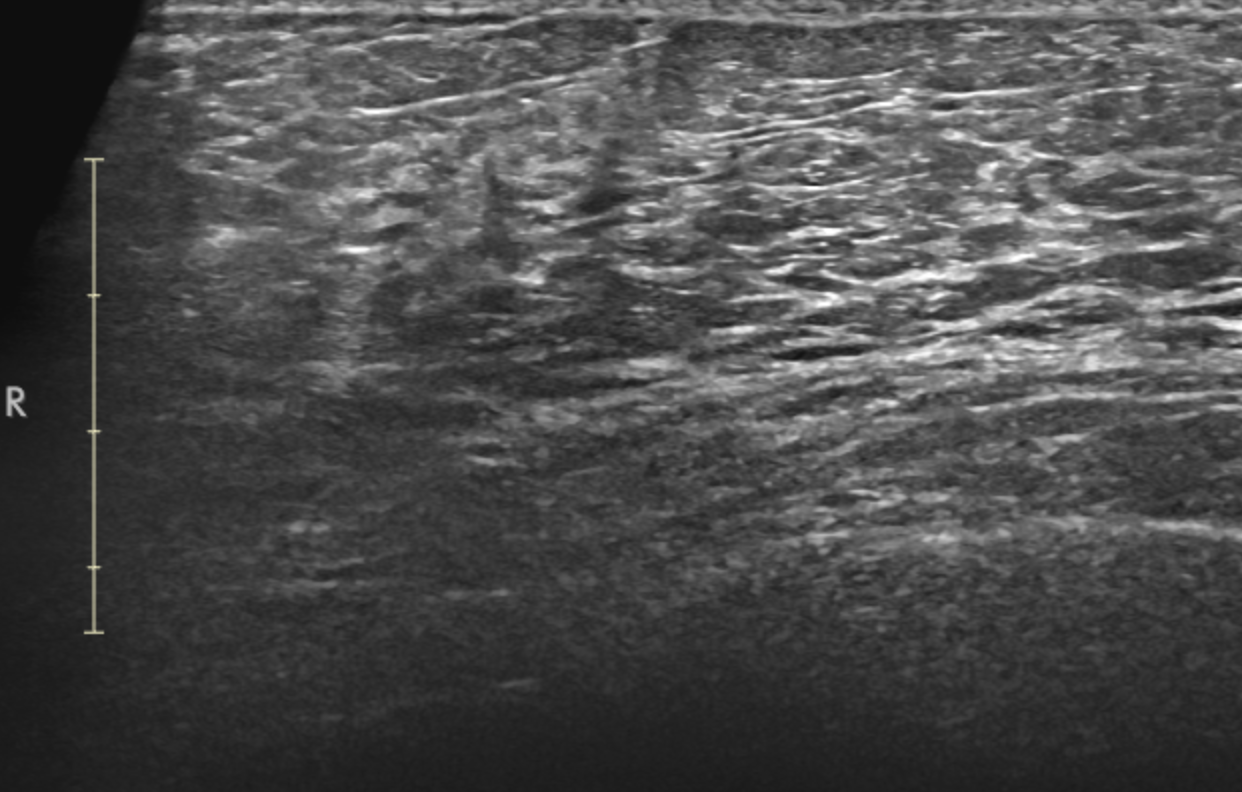
Support Informed Choice in Breast Cancer Screening
Many women are surprised to learn that not all breast screening tests are created equal — and not all are available in standard hospital settings. Safer, radiation-free options such as ultrasound, QT Imaging, SonoCiné, and thermography may offer peace of mind, especially for women with dense breasts or those seeking a more holistic approach. However, these alternatives are not always covered by insurance, and you may need to seek out an integrative or holistic practitioner, specialized breast center, or pay out of pocket. For many women, this investment is worth it to reduce unnecessary risks and take a proactive, personalized approach to breast health.
Women deserve the right to choose safe and effective breast screening options without being forced into mammography first. Mammograms carry significant risks, including overdiagnosis, missed cancers in dense breasts, unnecessary biopsies, radiation exposure, compression trauma and psychological harm. Many women prefer safer alternatives such as Automated Breast Ultrasound (ABUS) and QT Imaging — yet insurance often refuses to cover them unless a mammogram is done first.
Our petition calls on insurance companies to provide coverage for ultrasound and QT Imaging as stand-alone options, so women can make informed choices about their health without pressure or coercion.
Self Exam
Breast Self-Awareness
Breast self-awareness means being familiar with how your breasts normally look and feel, and promptly reporting changes to your healthcare provider. When it comes to breast health, listening to your gut and staying in tune with your overall well-being are powerful tools. Many women report that they “just knew something was off” before a diagnosis—even when medical tests were reassuring. Paying attention to your instincts, along with maintaining a strong awareness of your body’s general health, can help guide better decisions and earlier action.
How to perform a self exam? Take a look at tips from Dr. Jenn Simmons, Real Health MD.
Auria Tear Test
at-home breast health screening test
The Auria tear test is an at-home breast health screening tool developed by Namida Lab that measures protein biomarkers (S100A8 and S100A9) in tears to assess breast tissue changes. It’s non-invasive, takes only a few minutes, and is designed for women age 30+ (including those under 40 who typically lack screening options). The test has shown high sensitivity ~92% (identifies 92 out of 100 cancer cases) and moderate specificity ~58% (correctly shows negative in 58 out of 100 non-cancer cases), meaning it is good at detecting possible abnormalities.
The Auria tear test is a quick, painless, and affordable at-home option that uses a simple tear sample instead of radiation or breast compression. It is highly accessible, especially for women with dense breasts, implants, or limited access to traditional screening, and its high sensitivity reduces the chance of missed abnormalities. Because it is safe, cost-effective at $159, and non-invasive, Auria can also be used repeatedly over time for long-term monitoring of breast health.

Thermography
Breast Thermography
Breast thermography (also called digital infrared thermal imaging or DITI) uses an infrared camera to measure the temperature and heat patterns on the surface of the breast. The idea is that cancerous or precancerous tissue often has more blood flow and metabolic activity, producing localized “hot spots” that can appear on a thermal scan. These may indicate increased blood flow or inflammation, sometimes associated with tumor growth. Thermography is 100% radiation-free, non-invasive and painless. It can detect vascular changes years before a tumor becomes palpable (IACT). However, FDA warns it should not be used as a standalone screening tool as not all cancers produce detectable heat patterns and results can vary with room temperature, hormonal changes, or inflammation. Additionally, thermography does not provide images of breast tissue beneath the skin or measure the exact depth.
Operator-dependent: Image quality and accuracy depend heavily on the skill and experience of the technician or radiologist.
Limited field of view: 2D ultrasound captures thin “slice” images one at a time, which can miss abnormalities lying between planes.
Directories of certified thermography providers can be found through organizations like the International Academy of Clinical Thermology (IACT).
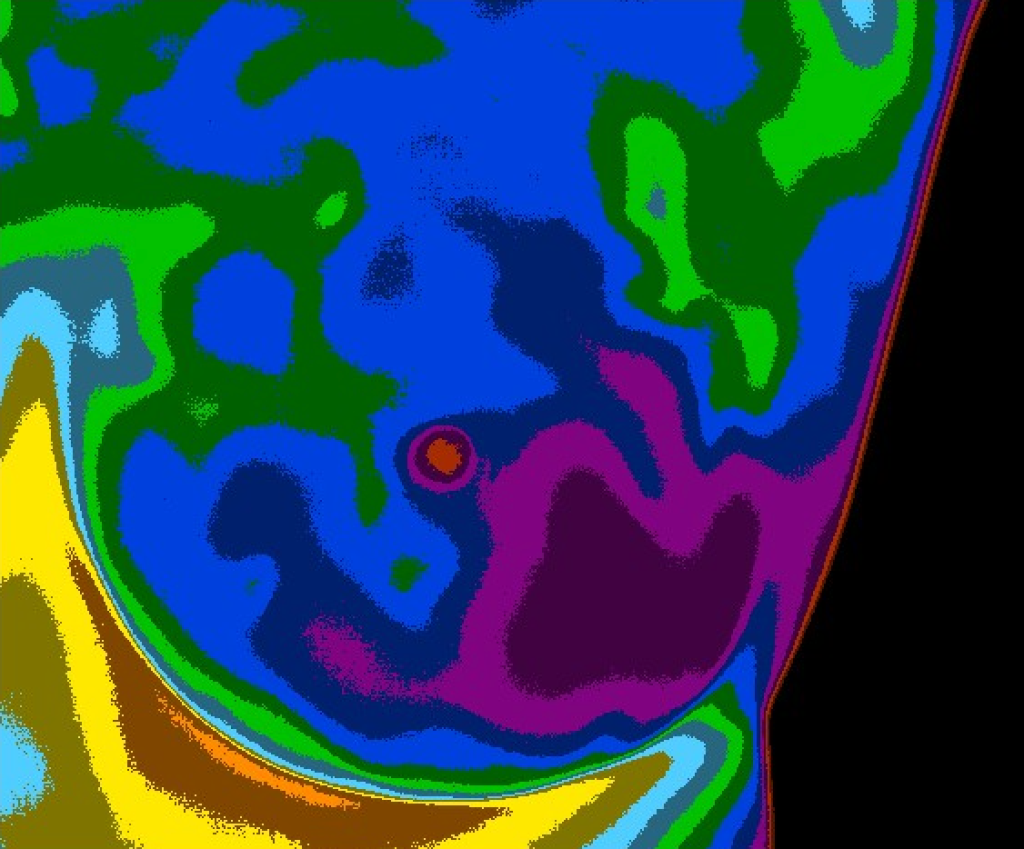
2d Ultrasound
Handheld Breast ultrasound
2D Ultrasound is a traditional imaging method that uses high-frequency sound waves to create flat, two-dimensional images of breast tissue. It’s commonly used for evaluating specific areas of concern, such as palpable lumps or abnormalities detected in mammograms. Handheld ultrasounds are operator-dependent and require a skilled technician to obtain accurate images which are then interpreted by a radiologist. It may involve compression, which can cause slight discomfort for some patients. This test is FDA-approved and widely available. Currently women are told they MUST have a mammogram in order to have an ultrasound, patients find it difficult to opt out of the mammogram. No one should ever feel pressured, intimidated, bullied or shamed for choosing NOT to have a mammogram.
HerScan utilizes standard handheld breast ultrasound technology for its mobile breast screening services and does not need a doctor’s referral.

ABUS
Automated Breast Ultrasound System (ABUS)
ABUS – Automated Breast Ultrasound System is a specific type of 3D ultrasound designed for whole-breast imaging. It’s automated system reduces operator variability and improves reproducibility. This tool is specifically developed for screening women with dense breast tissue. It may involve compression, which can cause slight discomfort for some patients. ABUS is FDA-approved; systems like GE Invenia ABUS, Siemens ABVS, and SoftVue by Delphinus Medical Technologies are examples. ABUS provides a more comprehensive view, aiding in the detection of abnormalities that may not be visible on 2D images.
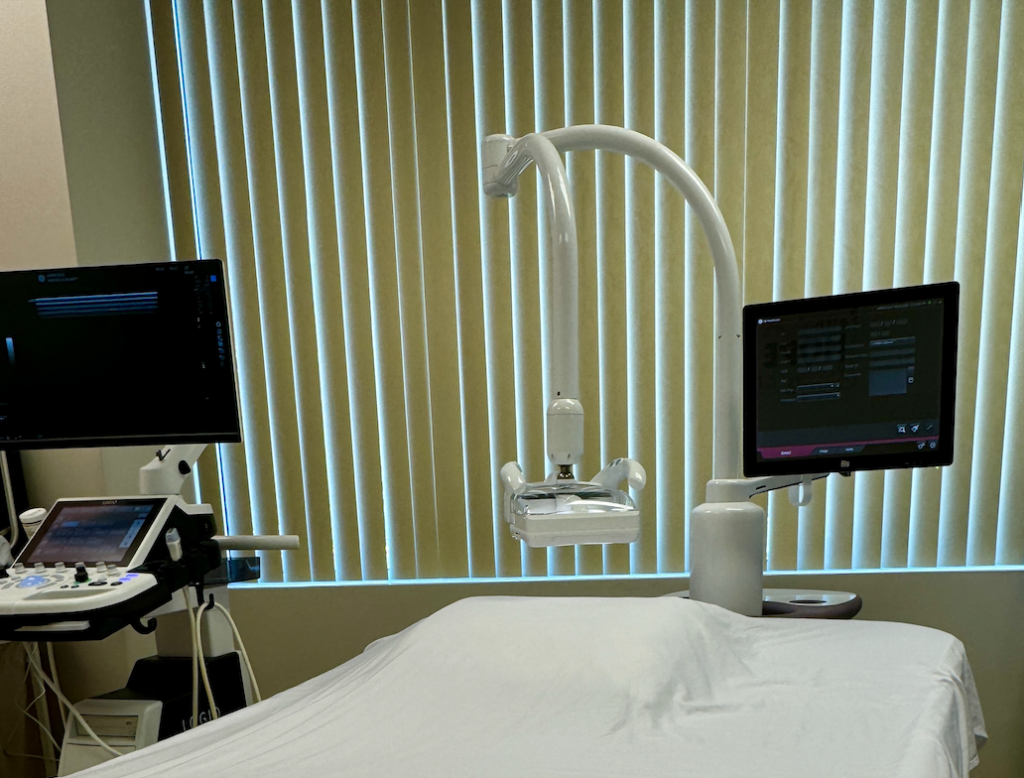
ABWUS
SonoCiné Automated Whole Breast Ultrasound (AWBUS)
SonoCiné AWBUS is a specialized ultrasound system that captures a continuous “movie” of the entire breast, including areas often missed by traditional methods. It’s particularly beneficial for women with dense breast tissue, implants, or those who have undergone previous breast surgeries. AWBUS provides whole-breast coverage, including the underarm, clavicle, and chest wall. This test captures between 2,000 and 5,000 images to create a comprehensive ultrasound movie. It is FDA-cleared for use in women with dense breasts, implants, or prior breast interventions.
QT Ultrasound
Quantitative Transmission Imaging
QT Imaging is the only breast imaging technology that provides what’s called isotropic imaging. That simply means the pictures are equally sharp and clear in every direction — top to bottom, side to side, and front to back. Other scans, like mammograms, MRIs, or regular ultrasounds, are often sharper in one direction but blurrier in another. This can make it harder to see small details or compare changes over time.
With QT Imaging:
Every angle of the breast is captured with the same level of detail.
Doctors can measure and track changes more accurately.
Results are consistent and reproducible, no matter who does the scan.
And best of all — it’s done without radiation or painful compression.
👉 In plain terms: isotropic imaging means you and your doctor get a true 3D picture of your breast health, something no other imaging test can provide.
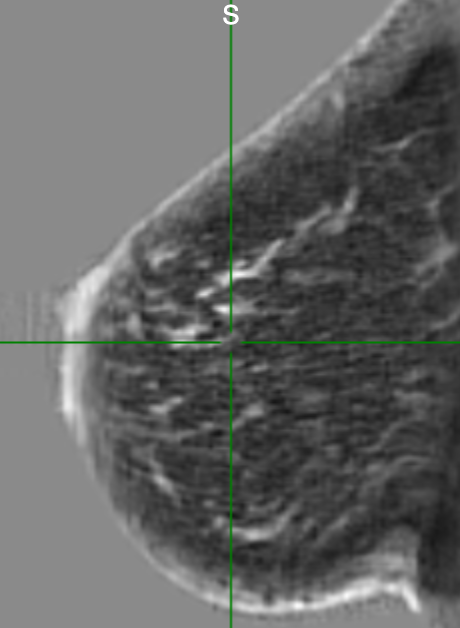
Breast Imaging
Resources
Breast Sonography – 2D, 3D, 4D Ultrasound or Elastography? 2011, https://pmc.ncbi.nlm.nih.gov/articles/PMC3104899/
The Advancement of ABUS Technology. 2017, https://www.itnonline.com/article/advancement-abus-technology
Breast Imaging with the SoftVue Imaging system: First results. 2023, https://pmc.ncbi.nlm.nih.gov/articles/PMC10079278/
Quantitative transmission ultrasound tomography: Imaging and performance characteristics. 2018, https://pmc.ncbi.nlm.nih.gov/articles/PMC6041196/
Imaging Performance of Quantitative Transmission Ultrasound 2015, https://pmc.ncbi.nlm.nih.gov/articles/PMC4641199/
Deep-Learning-Driven High Spatial Resolution Attenuation Imaging for Ultrasound Tomography (AI-UT) 2025, Institute of Electrical and Electronics Engineers
QT’s first blinded trial: Malik B, Iuanow E, Klock J. An Exploratory Multi-reader, Multicase Study Comparing Transmission Ultrasound to Mammography on Recall Rates and Detection Rates for Breast Cancer Lesions. Academic Radiology 2021, https://www.sciencedirect.com/science/article/pii/S1076633220306462 ; https://doi.org/10.1016/j.acra.2020.11.011
QT’s most recent second blinded trial against DBT: Jiang Y, Iuanow E, Malik B and Klock J. A Multireader Multicase (MRMC) Receiver Operating Characteristic (ROC) Study Evaluating Noninferiority of Quantitative Transmission (QT) Ultrasound to Digital Breast Tomosynthesis (DBT) on Detection and Recall of Breast Lesions. Academic Radiology 2024. https://authors.elsevier.com/sd/article/S1076-6332(23)00716-X
Our Stories
I don't understand why any doctor would encourage a mammogram immediately after a medical procedure. To smash and blast sensitive tissue that was just operated on is not logical and caused a lot of damage to my body. Even now, at 2 years after, I still get bullied and harassed for not getting mammograms. This is not health care!
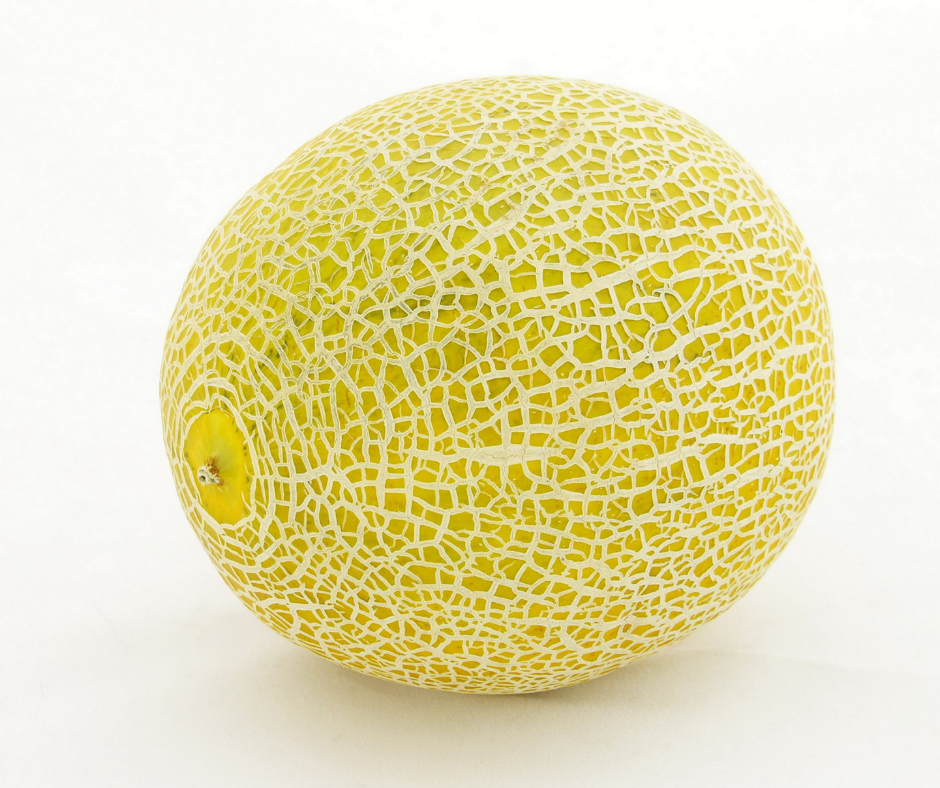
Smash a melon, NOT MY boob!
Disclaimer
The information provided on Smash a Melon, NOT My Boob! is for educational and awareness purposes only and is not a substitute for professional medical advice, diagnosis, or treatment. We are not medical professionals.
Always seek the advice of a qualified healthcare provider regarding any medical condition, screening decision, or treatment option.
Connect with us today and join our challenge!
Subscribe
Join the conversation
Help us smash the silence.